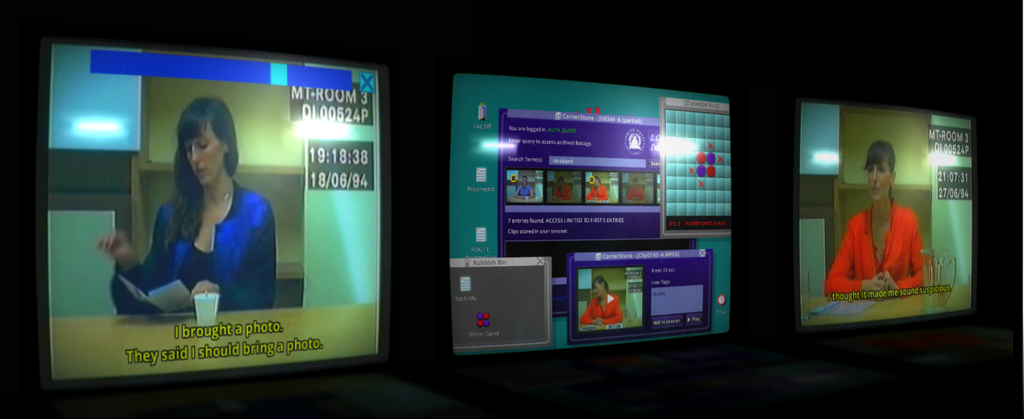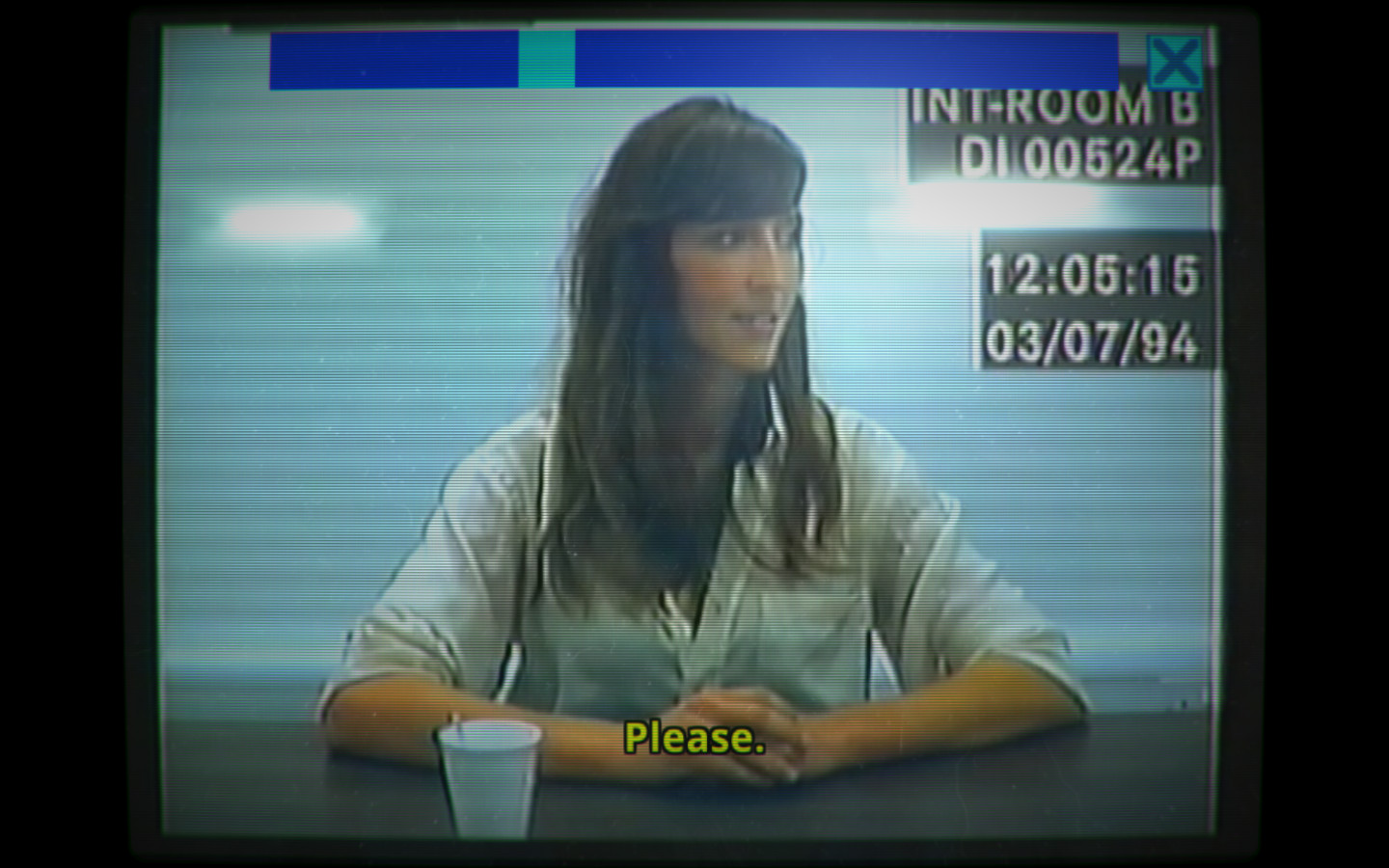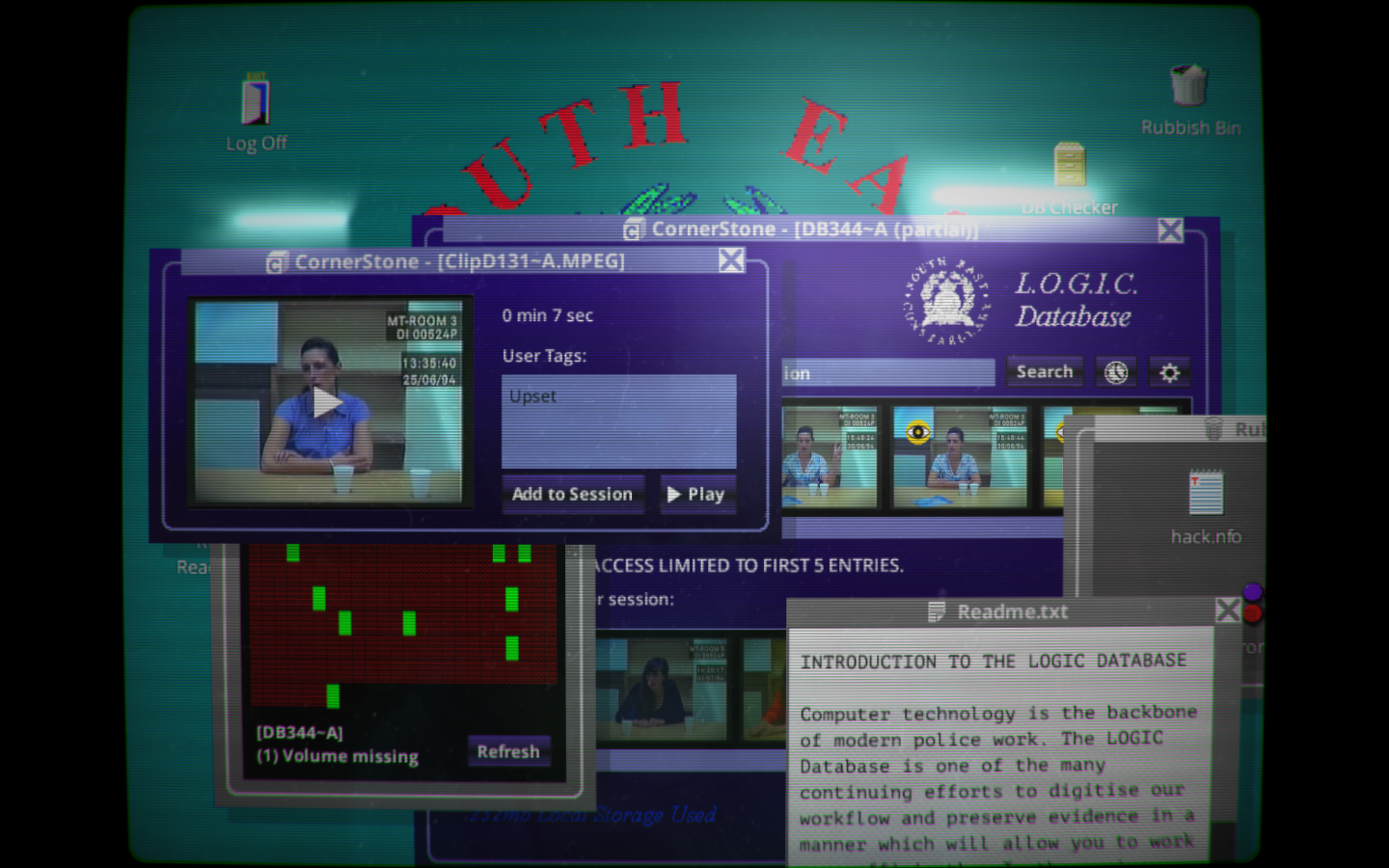Reviews | Milo
This will be the first in a number of reviews I will write based on the
lessons I have learned about writing, storytelling and how to construct an engaging
narrative from various different sources. I wanted to avoid writing a typical
review of the things I enjoy for the following reasons: (1) I’m not planning on
sticking to one type of medium e.g. I’ll be looking to review games, novels and
more (2) There are plenty of other bloggers, websites and magazines that handle
more “traditional reviews” and so I figured this was a far more interesting,
and relevant, angle to take for The Patient Approach.
In this first review I’ll
be sharing my thoughts on ‘Her Story’, a critically acclaimed video game
released last year. Please share your thoughts on this fantastic video game,
and let me know which lessons Sam Barlow’s game taught you. I also strongly recommend reading up on how Sam Barlow created the game, it is both a fantastic story and an excellent example of how to go about fulfulling a vision in the right sort of way.
 |
| Her Story |
A few days ago I played and
completed Her Story, and I don’t
think it took me much longer than two hours to have it done and dusted. However,
despite its relatively brief runtime, I was still consumed with it hours after
playing and am sure I will still be thinking about it for days to come. Why is
this? Before I can say what gripped my about Her Story I’ll first need to tell you a bit about the game itself.
When you load
up the menu screen you are greeted with an austere black page with only one
option: continue. Once you have loaded it up your computer, or mobile, screen something
akin to a police officer’s desktop is the game’s sole interface. You have a
video player, which you can’t close, and a few other folders and documents on
the desktop, and that’s pretty much it. The game has you typing in search words
into the search bar, and watching the resultant clips that come up (clips that
are made with actress and musician Viva Seifurt). Eventually you are given an
opportunity to end the game, and then depending on what you have discovered you
are very much left to form your own conclusions as to who killed Simon Smith,
and why they did it. In a sentence, Her
Story is a police procedural drama told through a number of short, terse police
interviews with a certain “Mrs.” Smith.
 |
| Mrs Smith |
The open ended
nature of the game, and the fact that you’ll discover clips depending on which
code words you enter, gives the game a sense of discovery and engagement that
stays with you. On one level the gamer within wants to find all the clips for
the glib satisfaction of another trophy unlocked, yet, on another level, once you’ve
acquired that trophy you still want more footage. The Smiths’ story is one that
is told on a fractured and interpretative level, one where watching one clip
before another transforms how you’ll regard each one in turn. What Sam Barlow,
the game’s creator, has achieved is to find that sweet spot between audience
agency and participation, whilst maintaining a purity of purpose comes from holding
tightly to one’s vision.
Video
games are a unique artistic medium in that they feature a very high ratio of audience
to creator’s participation. When making a video game, the creative team are
effectively creating a complete work of art before sundering and splitting it
into “easily” rebuild-able bits. The ultimate Lego. Moreover, as an aspiring
writer I believe that there is much that can be learned from this relationship
between audience and creator as seen in the gaming world. In the instance of Her Story, Barlow has combined full
motion video, with a rudimentary gaming interface, to create a solely narrative
experience. The pleasure gained isn’t from technical mastery, overcoming
challenges or the pleasure of the passing of time, but from the intrigue gained
from Mrs Smith and her, well, story. Moreover there is an engrossing intimacy
that only grows with each clip, and that is arguably intensified by the game’s light
twist at the end.
"Therefore, I am personally motivated by both the simplicity of the premise and the expectation of my own agency to create mountains out of molehills, and to enjoy the exaggeration."
How
is this achieved, and of what relevance is this to a writer/ storyteller working
in a different medium? I believe it is through Barlow’s cut-and-paste narrative
style. On one level this is quite literal, after all the gamer is free to
discover the Smith’s story at his or her own pace depending on the order in
which they watch the clips. They are cutting and pasting them together mentally
in order to build a chronological account of what happened. However, on another
level, this is due to the inevitable signposting that comes when ideas and
stories are consumed in such a way. For instance, when “Mrs” Smith says that
she drove to Glasgow, the city of Glasgow gains importance each and every time
it is mentioned. Sometimes it even gains importance due to it not being mentioned. The magic of Barlow’s
usage of signposting, however, is that the city of Glasgow might not hold the
same significance for another gamer. The discovery and creation of signposts
adds a layer of significance that transcends the game and the story. It seems
to me to be a worthwhile skill to learn how to present certain elements of your
novel effortlessly, and in such a way, as to make the reader create signposts of
these elements in and of themselves. I wanted to discover who killed Simon
Smith. I wanted to discover why they did it. I wanted to understand Mrs Smith.
I wanted to know if she did it. Therefore, I am personally motivated by both the
simplicity of the premise and the expectation of my own agency to create mountains
out of molehills, and to enjoy the exaggeration.
 |
| The game in it's entirety is present on this one page, and that's a good thing! |
Of course the “in
your face” obvious narrative lesson learned from Her Story is the efficacy of writing in a non-chronological order,
and of chopping and screwing the storyline, however this is something
postmodern novels have been doing for years. It’s also something I, personally,
have found to be less satisfying in a novel than it is in both films and video
games. I’m not sure why that is, and it’s probably a question for another time.
Nevertheless as a writer the lesson I have learned from Her Story is the strength and potency of signposting, and of the
effect this can have on personally involving an audience in your story.
All images were taken from the official Her Story website and can be found at: http://www.herstorygame.com/about/
No comments:
Post a Comment